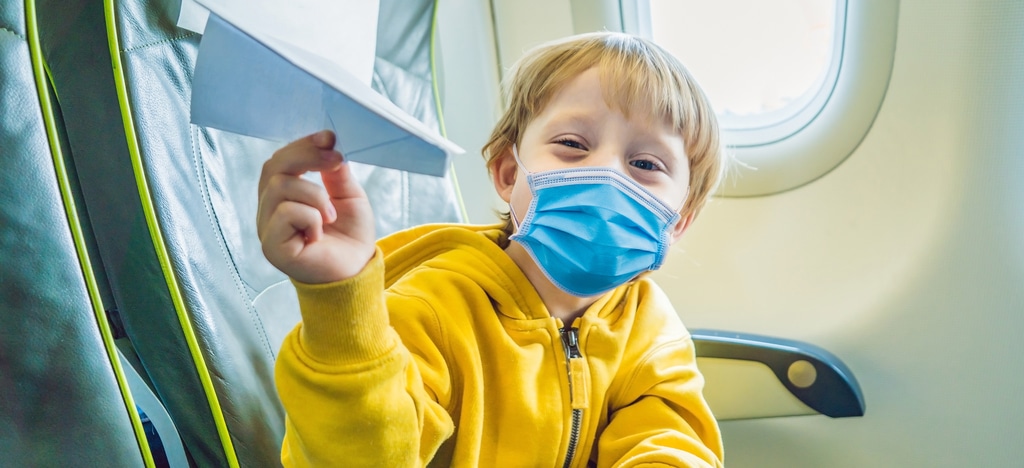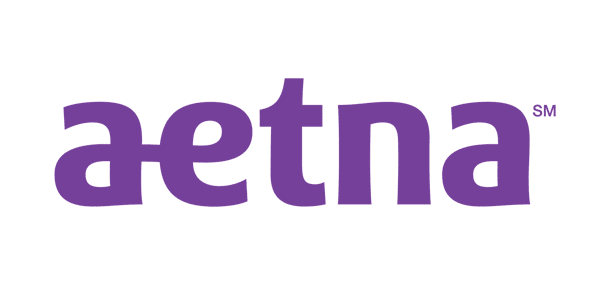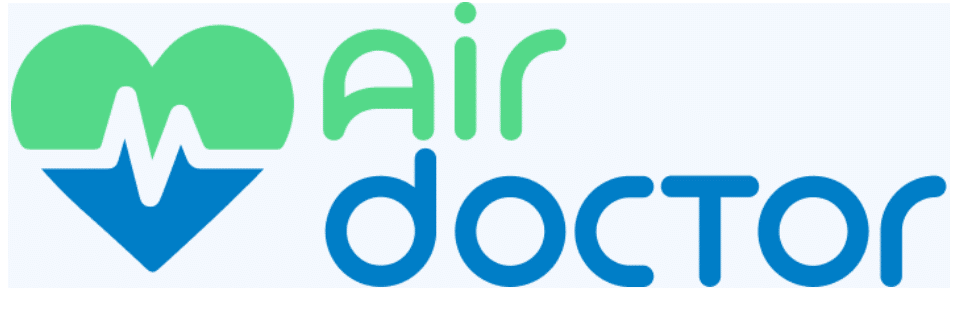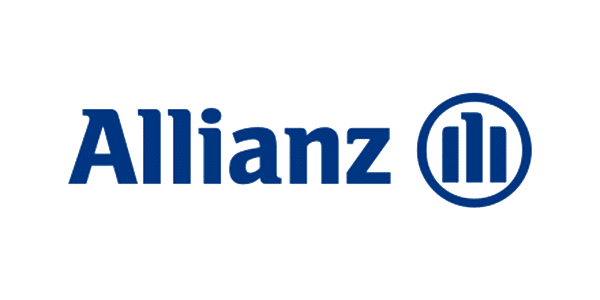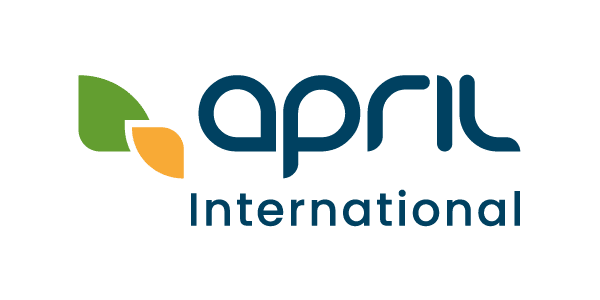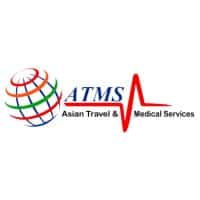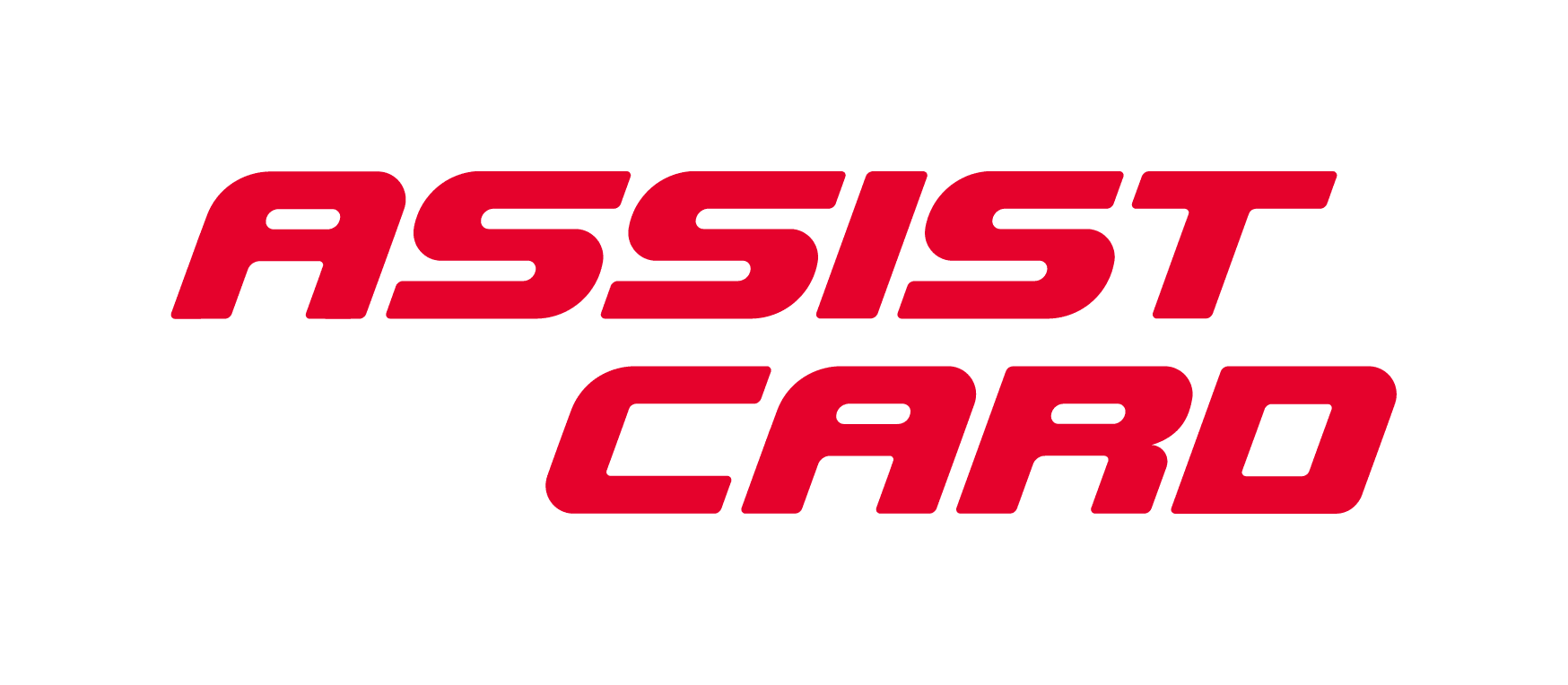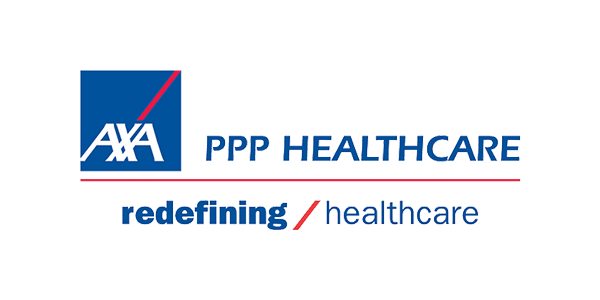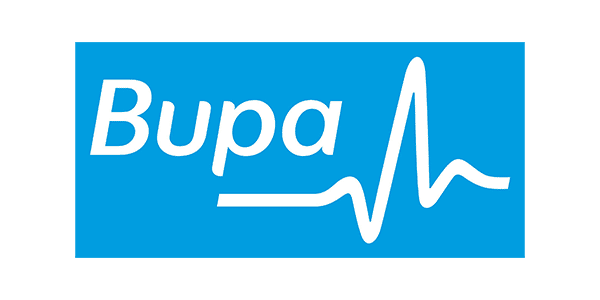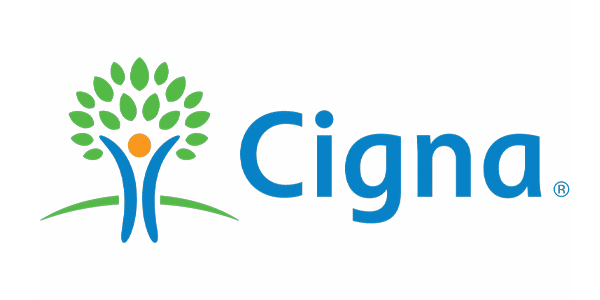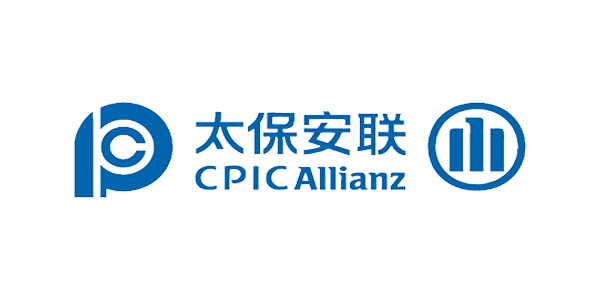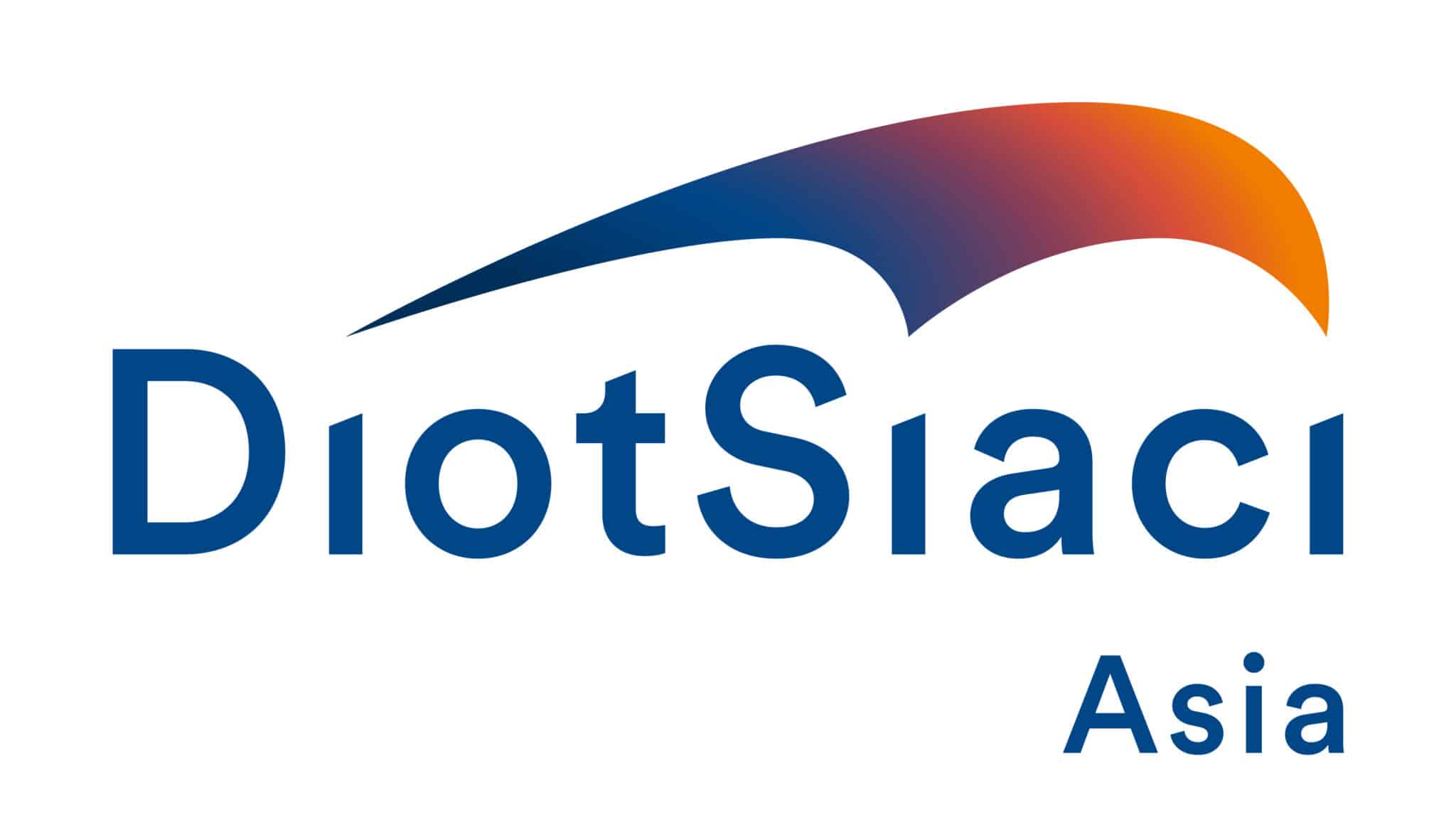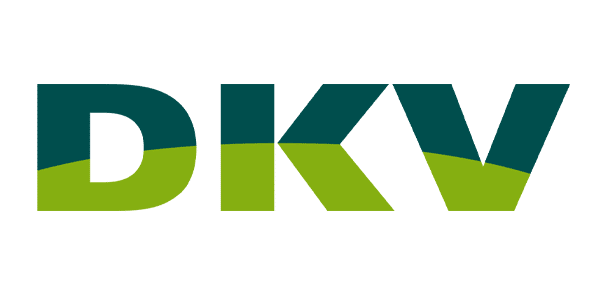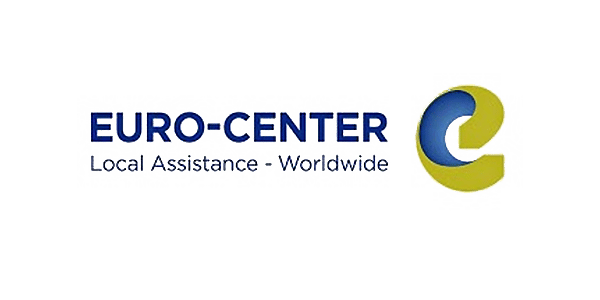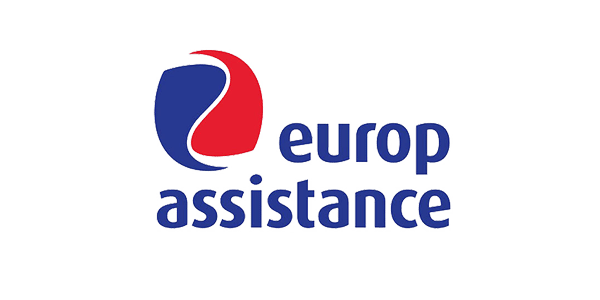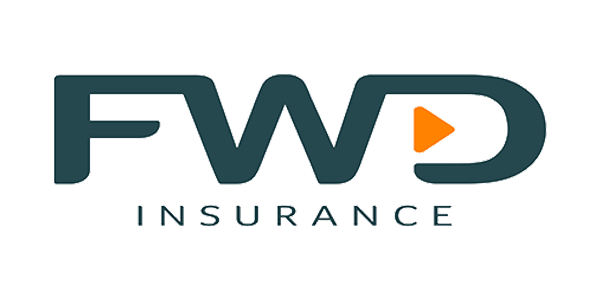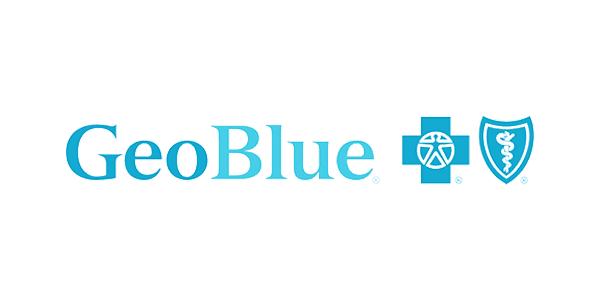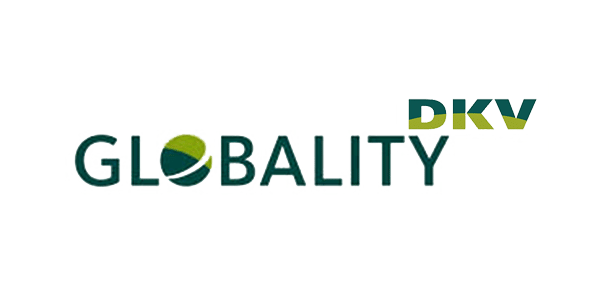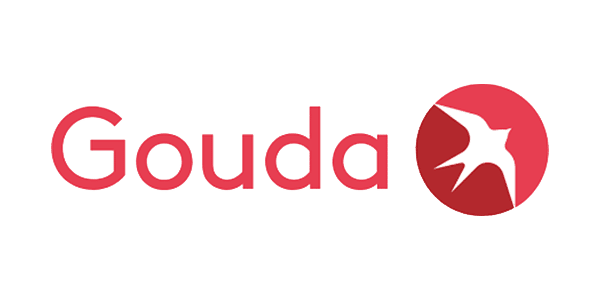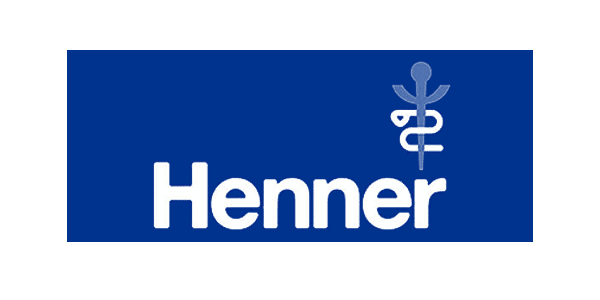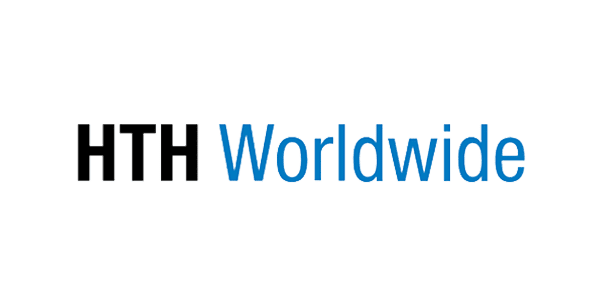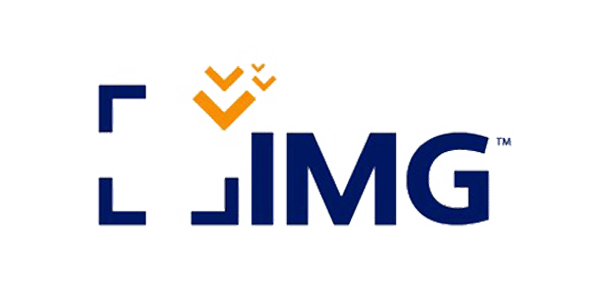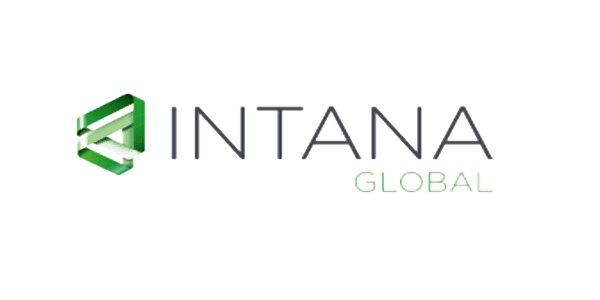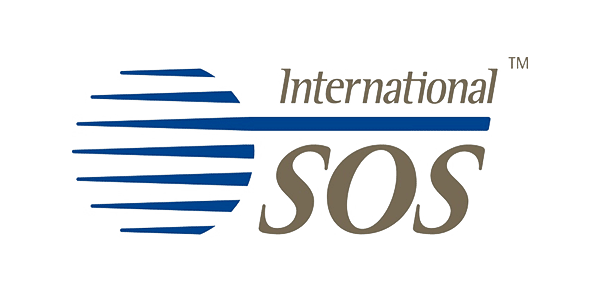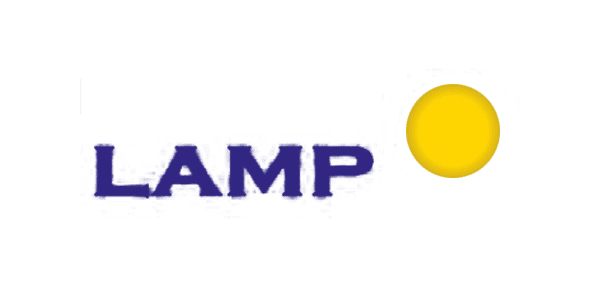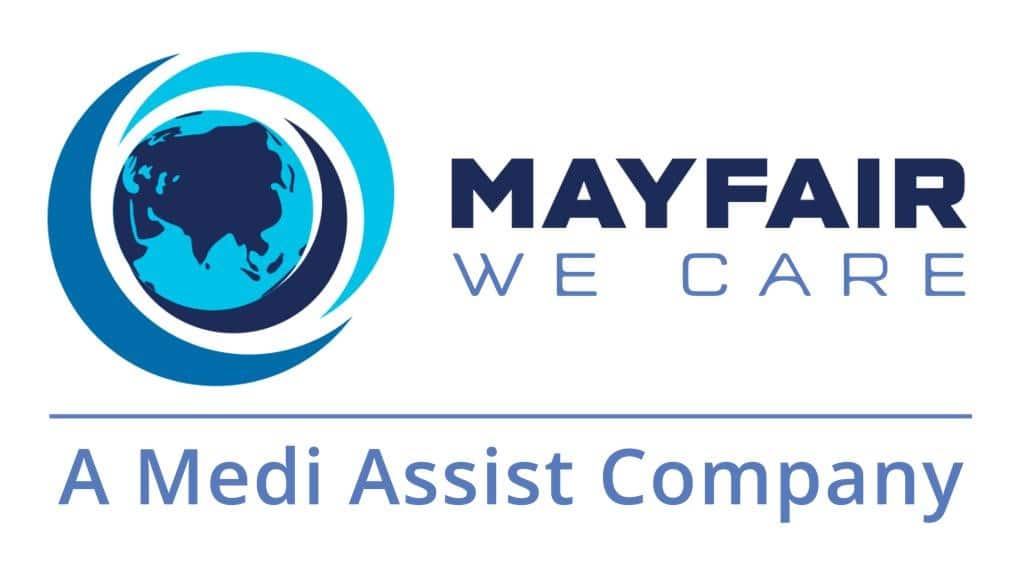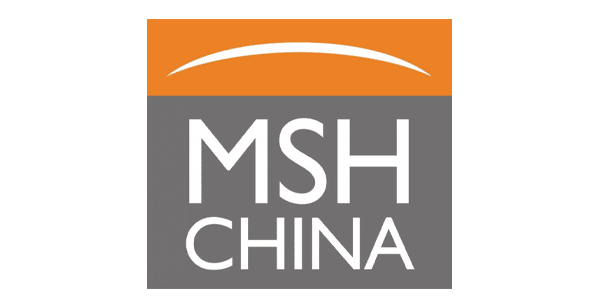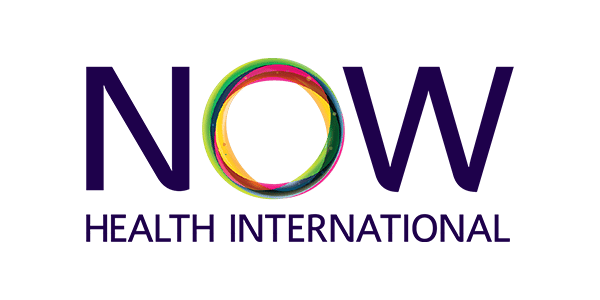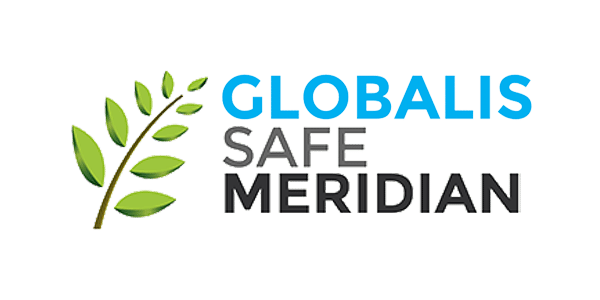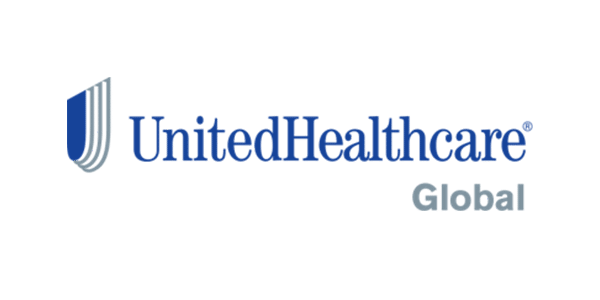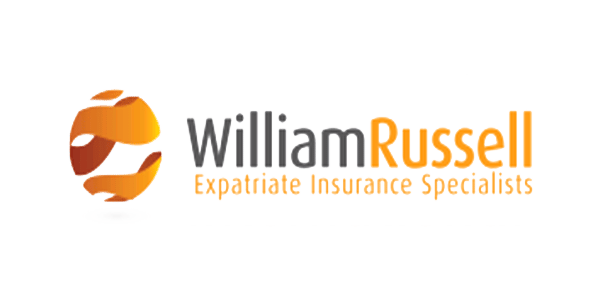The months of June till September usually point to the most exciting time of the year… The Summer Holidays! But alas, times have changed and we live in the midst of an invisible threat, insidiously named COVID-19.
Most are making the decision to stay put in our homes in Singapore but some of us need to fly overseas. Let’s have a look at what we can do to make the trip safer.
Airplanes are notoriously infamous petri-dishes for all sorts of pathogens with people placed in close contact with little movement space. The air is pressurised and humidified to make it more comfortable for the passengers. This unfortunately also provides the perfect medium for growth of viruses and bacteria as well.
A study done in 2015[1] exposed the dirtiest areas on airplanes and airports. Topping the list at number 1 were airplane tray tables, followed by the drinking fountain button at the airports and (this one shocked me), overhead air vents on airplanes. Seatbelt buckles and bathroom stall locks on the airplanes take places 4 and 5 respectively.
So here’s a list[2] which may help to minimise the risks for you and the fellow (human) passenger.
- Choose the flights which are emptier and allow you to select your seats. (This comes along with the risk of flight cancellations). Window seats far away from the high traffic areas such as the toilets are best.
- Pack your personal protective equipment (PPE):
- disposable surgical masks (more than one if your flight is more than 5 hrs long) – their efficacy is lost as soon as it is wet (water, sweat and spit)
- antibacterial wipes
- gloves
- hand sanitiser (with more than 70% ethyl ethanol) – the natural essential oil ones just do not do the trick.
- plastic zip lock bag for your essentials – passport/ mobile phone/ ear buds etc
- As soon as you get to your allocated seat, wipe down the tray table, air vents, hand rests and seat buckles with an antibacterial wipe. If you have a touch screen in the seat in front of you, wipe that down too!
It is recommended that you wear your face mask thorough the duration of your flight even if it is not airline policy for you to do so.
Now that you have done all that and you have another 98.9% or more of travel time left, and you realise that you have to eat and drink too.
If you have to, here are some precautions to take when removing your mask:
- wash your hands throughly with soap and water (sing “Happy Birthday” twice) or use hand sanitiser before removing the mask
- do not touch the front of the mask but touch only the ear loops of bands
- if you have a reusable mask, place it in a plastic ziplock bag – not in the seat pockets or on the tray table as those can then be contaminated again.
Being well hydrated is a great way to keep the mucous membranes in our airways (nose and mouth) moist. This is required to keep the hair cells or cilia in good working condition to waft the bacteria and virus particles out of the airways to prevent infections. So choose water instead of the alcoholic beverage!
The last note and perhaps the most important, is to ensure that you are fully vaccinated. The WHO has recommended that all those who have been vaccinated against the influenza virus prior to May 2020, should receive the Northern Hemisphere strains as there are changes in the vaccine composition. So even if you have received the flu vaccine within the last 12 months, you should request for the new Flu vaccine should you need to travel.
And as usual, should you require a doctor to look through your travel plans and vaccine records prior to your departure, please book your appointment at least 2 weeks in advance.
To book an appointment please click here www.imc-healthcare.com/appointments
[1] https://www.travelmath.com/feature/airline-hygiene-exposed/
[2] https://thepointsguy.com/news/protect-yourself-on-crowded-plane/

